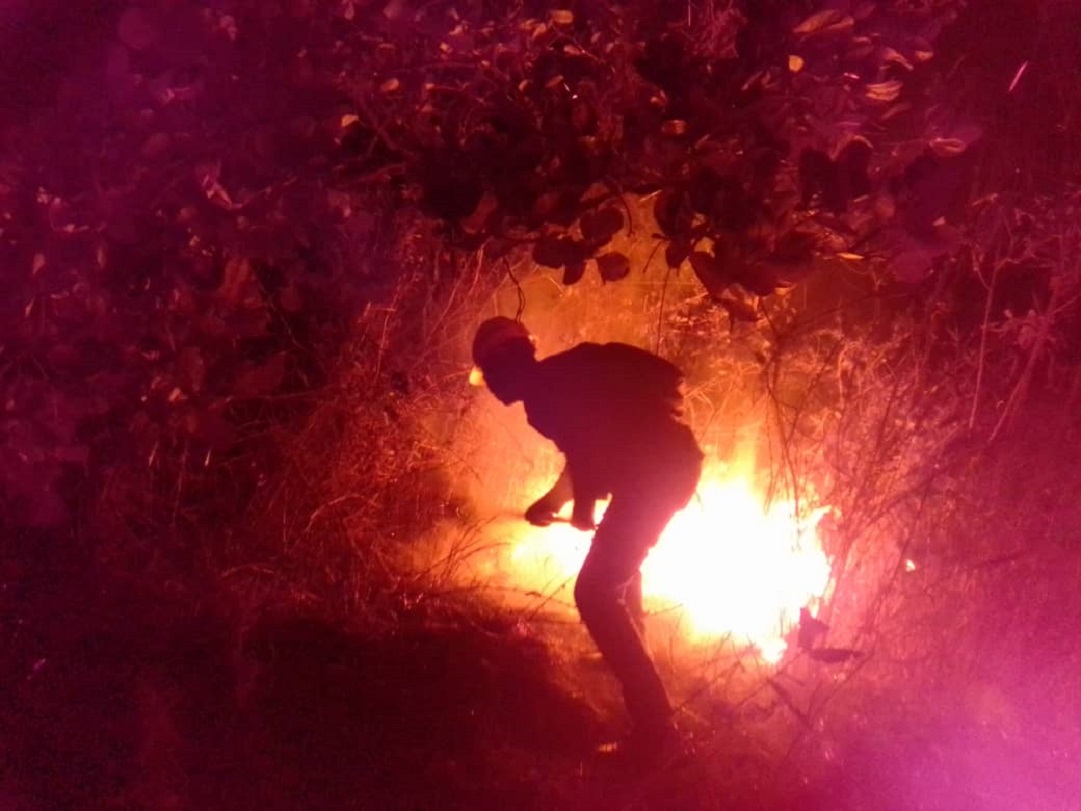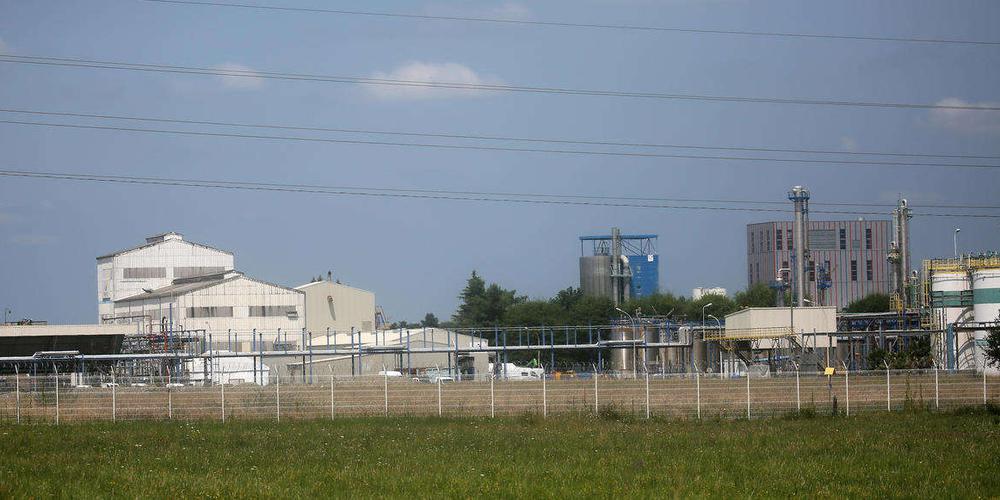Putin's War Economy: A Retooled Russia

Table of Contents
Sanctions and Their Impact on Russia's Economy
The West's response to the invasion involved a multifaceted sanctions regime, designed to cripple Russia's economy and limit its ability to wage war. These sanctions have had a profound and multifaceted impact, forcing significant adaptations.
Russian Energy Exports, Sanctions on Russian Oil, and Energy Diversification
Prior to the war, Russia was heavily reliant on energy exports, particularly oil and gas, as a cornerstone of its economy. Sanctions targeting these exports aimed to significantly reduce Russia's revenue stream. However, Russia has actively sought to diversify its energy markets, primarily turning towards Asia.
- New energy deals with China and India: Russia has secured increased energy sales to China and India, partially offsetting losses from European markets. However, these deals often come at discounted prices.
- Challenges faced in logistics and infrastructure: Shifting energy exports eastward presents significant logistical hurdles, requiring investment in new pipelines and transportation infrastructure.
- Impact on energy prices globally: The disruption to global energy markets due to sanctions and the war has led to volatile energy prices worldwide, impacting economies globally. Russia's redirection of energy flows continues to play a major role in these fluctuations.
Russian Banking Sector, SWIFT Sanctions, Ruble Devaluation, and Capital Controls
The exclusion of several major Russian banks from the SWIFT international payment system dealt a severe blow to the Russian banking sector. This, coupled with capital flight and sanctions on financial institutions, led to significant instability.
- The role of the Central Bank of Russia: The Central Bank of Russia implemented aggressive measures, including interest rate hikes and capital controls, to stabilize the ruble and prevent a complete collapse of the financial system.
- Implementation of import substitution: Sanctions have spurred efforts towards import substitution, aiming to reduce reliance on foreign goods and technologies.
- Growth of the shadow economy: The sanctions have also likely fueled the growth of the shadow economy as businesses seek to circumvent restrictions and sanctions.
Import Substitution in Russia, Technological Sanctions, Russian Tech Sector, and Microchip Shortages
Sanctions restricting access to crucial technologies and components have severely hampered various Russian industries. The government has responded with a renewed push for import substitution.
- Specific examples of industries struggling (e.g., aviation, automotive): The Russian aviation and automotive sectors, heavily reliant on imported components, have faced significant challenges due to sanctions. A lack of access to microchips is particularly acute.
- Successes and failures of import substitution strategies: While some progress has been made in certain areas, the long-term success of import substitution remains questionable due to technological gaps and dependence on foreign technology.
- Long-term implications for technological development: The sanctions' impact on technology access has severe long-term implications for Russia's technological development and its ability to compete in the global economy.
Adapting to the War Economy: Military Industrial Complex and Resource Mobilization
The war has dramatically reshaped the Russian economy, prioritizing military production and resource mobilization.
Russian Military Spending, Military Industrial Complex, Arms Production, and Defense Industry
The Russian government has significantly increased spending on defense, leading to an expansion of the military-industrial complex.
- Government spending on defense: Defense spending has become a dominant force in the Russian budget, diverting resources from other sectors.
- Changes in industrial production: Factories and industries are being retooled to produce weapons and military equipment, leading to changes in production patterns.
- Impact on other sectors due to resource reallocation: The shift towards military production has resulted in resource scarcity and challenges for other sectors of the economy.
Resource Mobilization, Russian Workforce, Regional Economic Disparities, and Wartime Economy
The government is actively mobilizing resources for the war effort, impacting internal economic activity and the workforce.
- Examples of resource redirection: Resources, including labor and raw materials, are being redirected from civilian industries to support the war effort.
- Impact on the civilian workforce: The mobilization of manpower for the military and related industries has strained the civilian workforce.
- Effects on regional economies: The war effort’s impact on regional economies is uneven, with some areas experiencing booms in military-related industries, while others face economic hardship.
Long-Term Implications and Vulnerabilities of Putin's War Economy
The long-term consequences of Putin's war economy are uncertain, but significant vulnerabilities are apparent.
Economic Isolation, Russia-China Relations, and Economic Sanctions Long-Term Effects
Russia's increasing reliance on a limited number of trading partners, primarily China, creates significant economic vulnerabilities.
- Risks associated with over-reliance on China: Becoming overly dependent on China could limit Russia's economic sovereignty and leave it vulnerable to Chinese influence.
- Limitations on technological development: Continued technological isolation will hinder Russia's ability to modernize its economy and compete globally.
- Potential for economic stagnation: The combination of sanctions, resource mobilization for the war, and technological isolation poses a significant risk of long-term economic stagnation.
Economic Resilience, Russian Economic Outlook, Inflation in Russia, and Unemployment in Russia
The long-term sustainability of the Russian economy under these conditions remains highly uncertain.
- Potential for economic recovery: The possibility of economic recovery depends on several factors, including the resolution of the conflict, the easing of sanctions, and successful implementation of economic reforms.
- Challenges related to inflation and unemployment: Russia faces significant challenges related to inflation and unemployment, exacerbated by the war and sanctions.
- Long-term prospects for growth: The long-term prospects for economic growth in Russia are considerably diminished due to the ongoing conflict and its economic consequences.
Conclusion
Putin's war economy represents a significant restructuring of the Russian economy, characterized by both adaptation and vulnerability. The impact of sanctions, the shift towards a heavily militarized economy, and the long-term economic uncertainties are undeniable. Understanding Putin's War Economy is crucial for navigating the evolving global landscape. Continue exploring this dynamic subject and share your insights!

Featured Posts
-
 Analisis Del Real Madrid 3 2 Celta Vigo Tres Preguntas Y Respuestas
May 29, 2025
Analisis Del Real Madrid 3 2 Celta Vigo Tres Preguntas Y Respuestas
May 29, 2025 -
 Tui Launches Adults Only Cruise Line Industry Details And Implications
May 29, 2025
Tui Launches Adults Only Cruise Line Industry Details And Implications
May 29, 2025 -
 Cavaliers Beat Pacers 126 104 Mitchells 43 Points Narrows Series To 2 1
May 29, 2025
Cavaliers Beat Pacers 126 104 Mitchells 43 Points Narrows Series To 2 1
May 29, 2025 -
 How The Nintendo Switch Revolutionized Console Gaming
May 29, 2025
How The Nintendo Switch Revolutionized Console Gaming
May 29, 2025 -
 Analyzing Joan Mirs Performance And Subsequent Discontent In Moto Gp
May 29, 2025
Analyzing Joan Mirs Performance And Subsequent Discontent In Moto Gp
May 29, 2025
Latest Posts
-
 Bomberos Forestales Combaten Incendio En Constanza Densa Humarada Afecta A Residentes
May 31, 2025
Bomberos Forestales Combaten Incendio En Constanza Densa Humarada Afecta A Residentes
May 31, 2025 -
 Analyse De La Valeur De Sanofi Par Rapport A Ses Concurrents Europeens
May 31, 2025
Analyse De La Valeur De Sanofi Par Rapport A Ses Concurrents Europeens
May 31, 2025 -
 Depakine Sanofi Et L Affaire Des Rejets Toxiques A Mourenx Les Developpements De L Enquete
May 31, 2025
Depakine Sanofi Et L Affaire Des Rejets Toxiques A Mourenx Les Developpements De L Enquete
May 31, 2025 -
 Sanofi Et Ses Comparables Europeens Evaluation Et Perspectives
May 31, 2025
Sanofi Et Ses Comparables Europeens Evaluation Et Perspectives
May 31, 2025 -
 Sanofi Rilzabrutinib Erhaelt Orphan Drug Status Positive Aussichten Fuer Die Aktie
May 31, 2025
Sanofi Rilzabrutinib Erhaelt Orphan Drug Status Positive Aussichten Fuer Die Aktie
May 31, 2025
